What Has Shaped Sword Design Through the Ages?
Geography and Resources
The resources available to a society greatly influenced sword design. Availability of metal, the skills of local blacksmiths, and access to different forging techniques determined the quality and characteristics of swords. In some places, iron was scarce, leading to different materials being used for weaponry.
Combat Tactics and Armor
The needs of the battlefield—whether fighting on horseback, facing heavy armor, or engaging in naval battles—played a huge role in the development of swords. From longer blades for mounted combat to lighter, faster swords for close-quarters engagements, swords were shaped by the kind of combat they were designed for.
Cultural and Symbolic Roles
Swords weren’t always just tools of war. They often had ceremonial or symbolic significance. Kings, emperors, and warriors used swords as status symbols, and certain cultures imbued their weapons with religious or cultural importance. They were not merely instruments of violence but also representations of power, authority, and spiritual beliefs.
Iconic Swords of History: A Look at Their Design and Purpose
Let’s take a journey through time and explore some of the most famous swords from history. From the curved blades of ancient Egypt to the elegant rapiers of Renaissance Europe, each sword tells its own story.
Click a link below to jump to a particular sword
Khopesh
The Curved Weapon of Ancient Egypt
- Origin & Time Period: Ancient Egypt (~2000 BCE onward)
- Design & Dimensions: The khopesh features a sickle-shaped, curved blade, typically around 18–24 inches.
- Primary Use: Used in close combat, the curved blade was excellent for hooking enemy shields or limbs, making it an effective tool in the hands of warriors.
- Cultural Significance: The khopesh was often associated with status and power in Egyptian society and was frequently found in royal tombs, highlighting its cultural and symbolic importance.
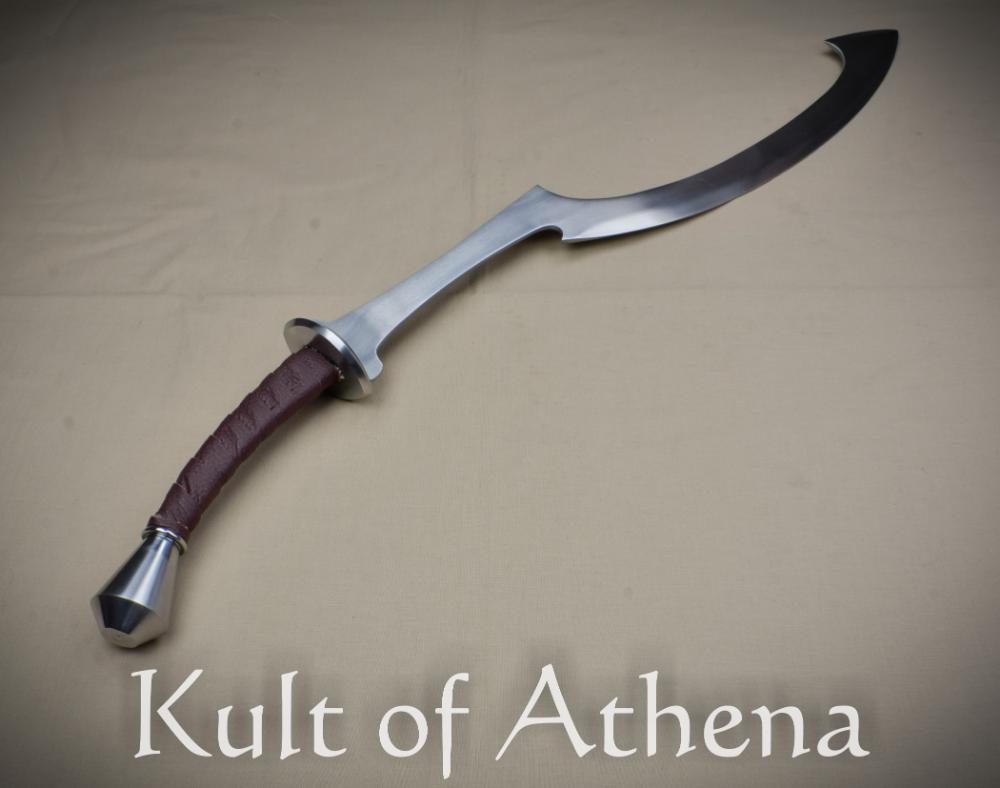
-
Honshu Khopesh Sword – Egyptian Blade and Sheath
Quick View$124.99 – $154.99In stock
-
Devil’s Edge – Egyptian Khopesh – High Carbon Steel Blade
Quick View$90.99 – $129.99In stock
-
Khopesh of the Pharoah – Deepeeka
Quick View$111.99 – $159.99Back Ordered
Kopis
The Slashing Sword of Ancient Greece
- Origin & Time Period: Ancient Greece (~5th century BCE)
- Design & Dimensions: The kopis has a forward-curving, single-edged blade, with a length typically between 20 and 24 inches.
- Primary Use: Known for its brutal slashing power, the kopis was ideal for close combat, especially effective in mounted engagements where a swinging, heavy blade could deliver powerful blows.
- Cultural Significance: The kopis became a standard weapon for Greek soldiers and influenced the development of other single-edged swords in later cultures.
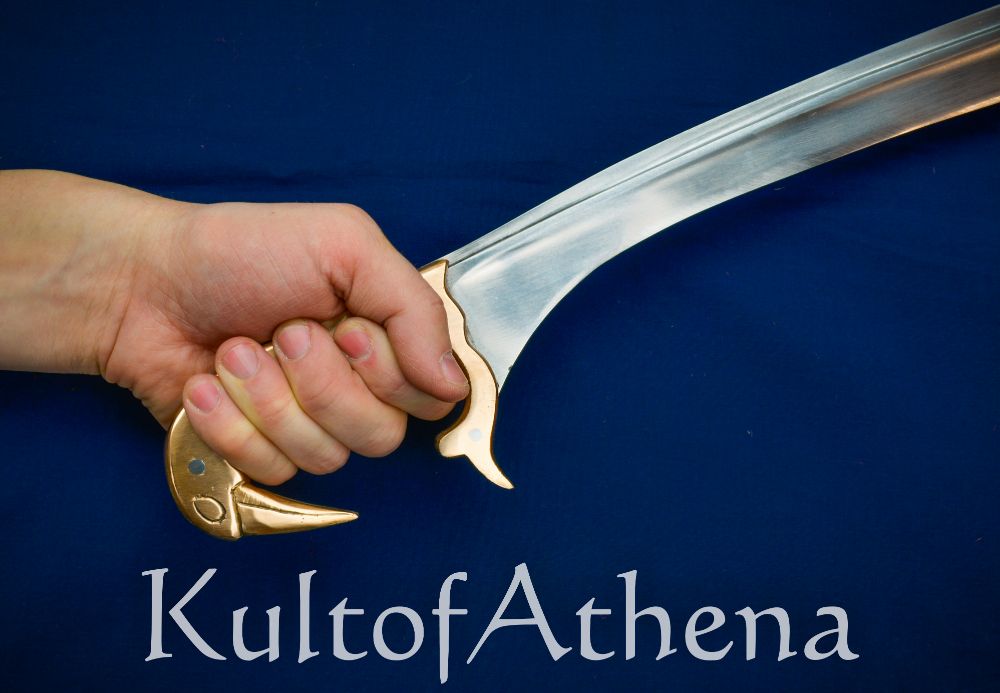
-
Korfu Greek Kopis – Deepeeka
Quick View$108.74 – $144.99In stock
-
Greek Short Xiphos with Bone Hilt – High Carbon Steel – Devil’s Edge
Quick View$94.49 – $134.99In stock
-
Greek Kopis – High Carbon Steel Version – Devils Edge
Quick View$101.49 – $144.99In stock
Falcata
The Iberian Chopper
- Origin & Time Period: Ancient Iberian Peninsula (pre-Roman and Roman era)
- Design & Dimensions: A forward-curved blade that concentrates its force at the tip, typically around 20–25 inches.
- Primary Use: The falcata was designed to deliver powerful chopping strikes, particularly effective against armor and shields.
- Cultural Significance: Revered for its effectiveness, the falcata was adopted by Carthaginian troops after its initial use by Iberian warriors, cementing its place in ancient warfare.
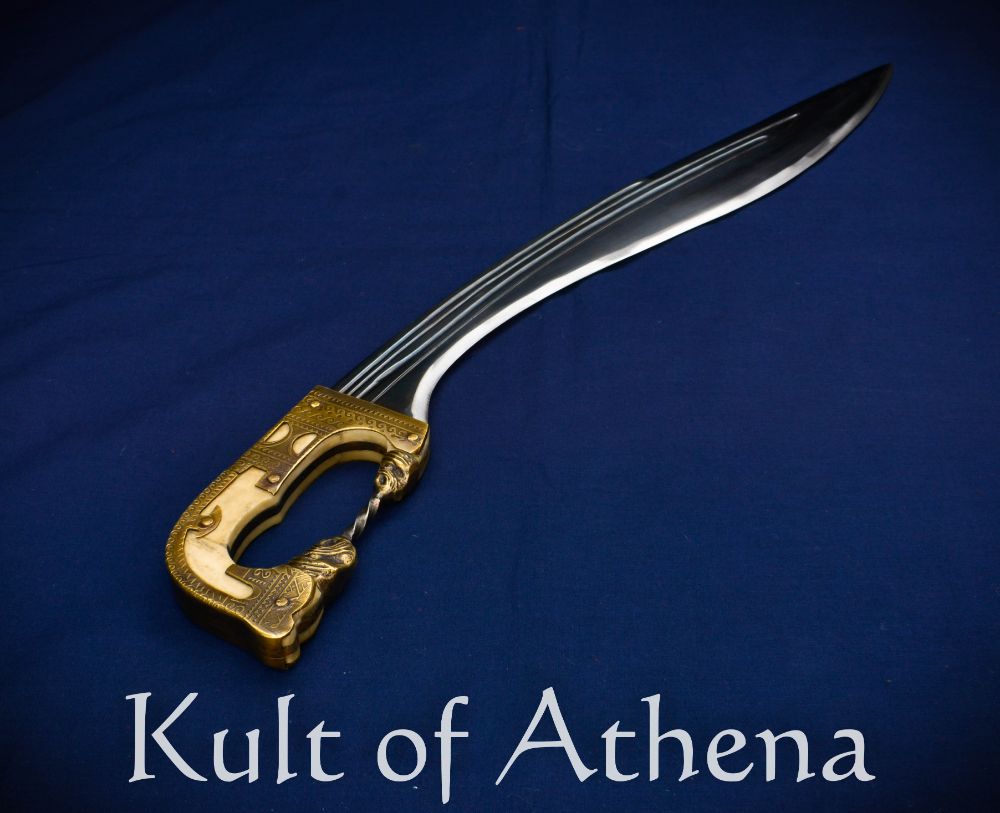
-
Madrid Iberian Falcata – Deepeeka
Quick View$118.99 – $169.99In stock
-
Horse Head Iberian Falcata – Deepeeka
Quick View$179.99In stock
-
Iberian Falcata with Wood Grip – Deepeeka
Quick View$129.99In stock
Gladius
The Sword of Roman Soldiers
- Origin & Time Period: Ancient Rome (~3rd century BCE to 3rd century CE)
- Design & Dimensions: A short, double-edged sword (18–24 inches) designed for stabbing in tight formations.
- Primary Use: The gladius was the primary weapon of Roman legionaries, ideal for close-quarters combat in the tightly packed lines of battle.
- Cultural Significance: Symbolizing the might and discipline of the Roman Empire, the gladius became one of the most recognized and influential swords in history.
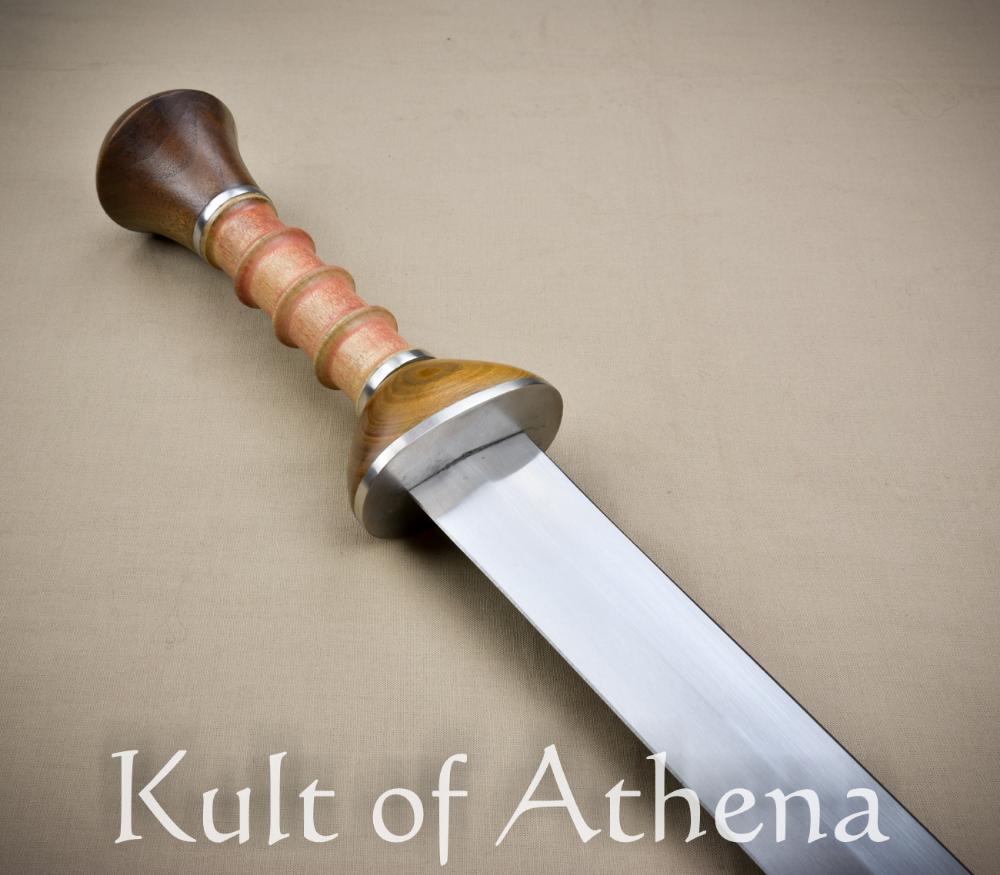
-
Murmillo Gladius – High Carbon Steel Version – Devil’s Edge
Quick View$101.49 – $144.99In stock
-
Condor – Tactical Gladius Sword
Quick View$227.50In stock
-
APOC Brutus – Gladius Sword designed by Gus Trim
Quick View$119.99In stock
Viking Sword
The Blade of the North
- Origin & Time Period: Northern Europe (~8th to 11th centuries CE)
- Design & Dimensions: A one-handed, double-edged sword, typically 28–32 inches in length, with a broad fuller for weight reduction.
- Primary Use: The Viking sword was designed for slashing and thrusting in close combat, often paired with a shield for maximum effectiveness.
- Cultural Significance: Ornately decorated, Viking swords were symbols of status and craftsmanship in Norse society.
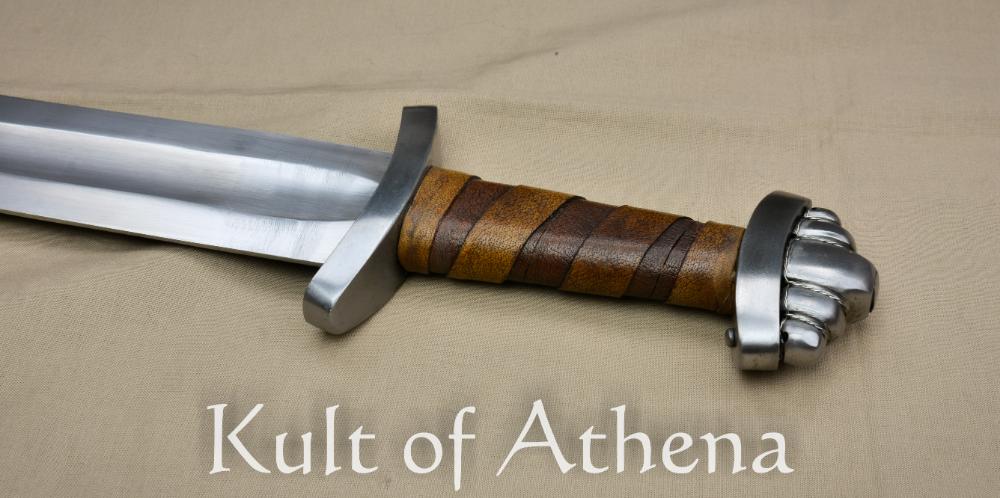
-
Five Lobed Viking Sword – New Model – Deepeeka
Quick View$179.99In stock
-
Darksword – The Guardlan Sword with Integrated Sword Belt
Quick View$655.00 – $675.00In stock
-
Vestre Berg Norwegian Viking Sword – Deepeeka
Quick View$153.99 – $219.99In stock
Falchion
The Medieval Slasher
- Origin & Time Period: Medieval Europe (13th–16th centuries)
- Design & Dimensions: A single-edged blade with a slight curve or clip point, usually around 30 inches.
- Primary Use: Designed for slashing and chopping, the falchion was particularly effective against lightly armored opponents.
- Cultural Significance: Favored by both infantry and peasants due to its simpler forging requirements, the falchion became a symbol of the medieval warrior class.
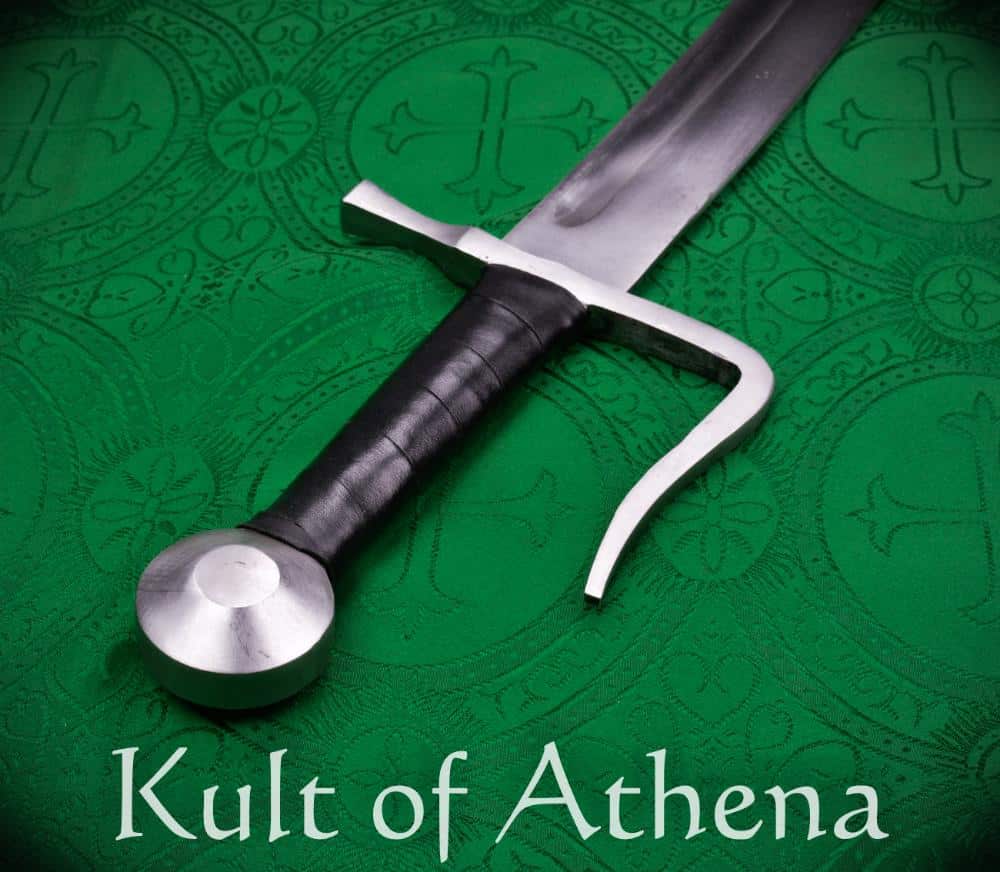
-
Tod Cutler – 13th to 14th Century Cleaver Falchion
Quick View$668.00In stock
-
Tod Cutler – Wakefield Hanger Falchion
Quick View$728.00In stock
-
Tod Cutler – Clip Point Falchion
Quick View$728.00In stock
Messer
The German Sword of Defense
- Origin & Time Period: Late medieval Germany (14th–16th centuries)
- Design & Dimensions: A single-edged sword, sometimes featuring a “nagel” (nail-like guard) for hand protection.
- Primary Use: Used for personal defense and in local feuds, the messer was a versatile weapon often carried by civilians.
- Cultural Significance: The messer blurred the line between a large knife and a sword, influencing German martial traditions.
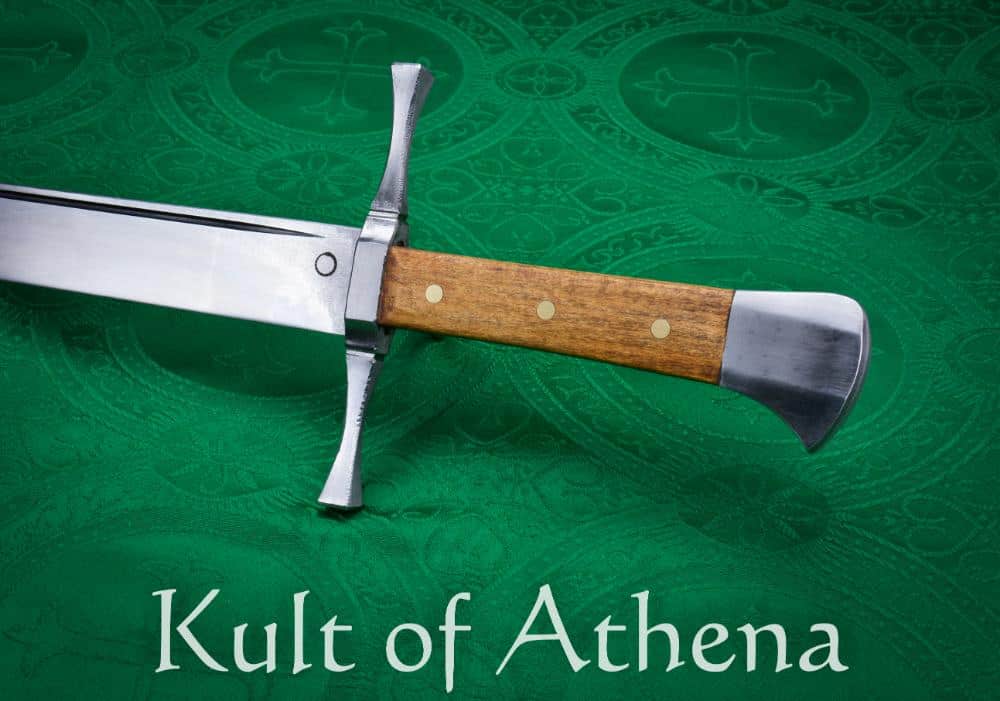
-
Landsknecht Emporium – Rutger with Sheath and Sword Belt
Quick View$780.00In stock
-
Regenyei – Peter Messer
Quick View$408.00In stock
-
Tod Cutler – Bauernwehr Medieval Dagger with Byknives
Quick View$348.00In stock
Katana
The Samurai Sword
- Origin & Time Period: Feudal Japan (late 14th century onward)
- Design & Dimensions: A curved, single-edged blade typically measuring 27–30 inches, with a focus on advanced forging techniques.
- Primary Use: The katana was the weapon of choice for samurai, prized for its ability to deliver fast, precise cuts.
- Cultural Significance: The katana embodies the spirit of Bushido—the samurai code of honor—and reflects Japan’s martial traditions.
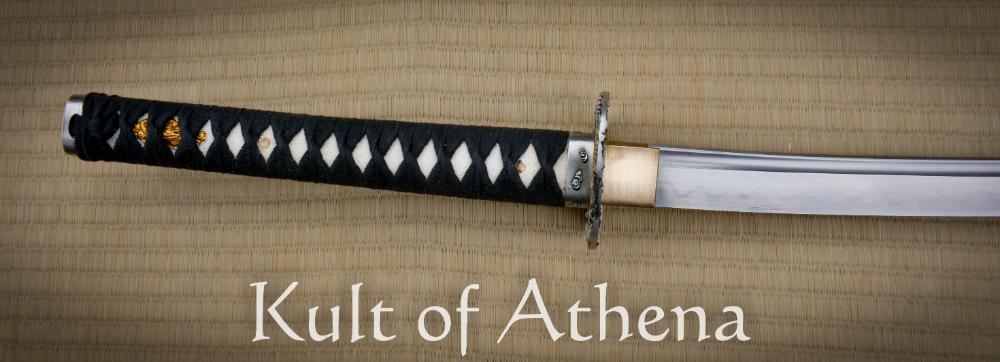
-
Dragon King – Savior Katana with Kami Guardian Engraving
Quick View$759.00 – $799.00In stock
-
Thaitsuki Shoshin Hana Katana
Quick View$799.00In stock
-
Thaitsuki – Orasaku Zukuri Honsanmai Katana – Upgraded Edition
Quick View$2,999.00In stock
Scimitar
The Iconic Sword of the Middle East
- Origin & Time Period: Middle East (popular during the Ottoman era, 14th–20th centuries)
- Design & Dimensions: A broadly curved, single-edged blade, often lighter than European sabres.
- Primary Use: The scimitar was ideal for mounted combat, enabling quick slashes from horseback.
- Cultural Significance: A symbol of Islamic art and tradition, the scimitar is often seen in historical accounts and artwork.
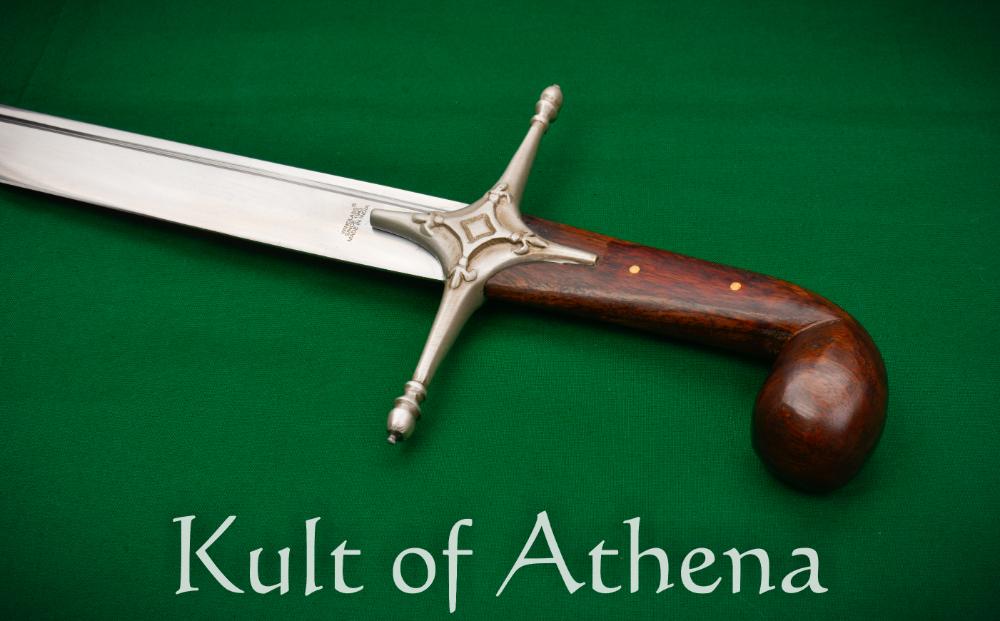
-
Windlass – Persian Scimitar
Quick View$329.00In stock
-
KOA Exclusive – Persian Shamshir / Scimitar
Quick View$244.95In stock
-
Darksword Scimitar – Black with integrated Scabbard Belt
Quick View$680.00In stock
Claymore
The Highland Giant
- Origin & Time Period: Scotland (15th–17th centuries)
- Design & Dimensions: A large, two-handed sword with forward-sloping arms, typically over 40 inches.
- Primary Use: Used for powerful slashes in Highland warfare, the claymore was a fearsome weapon on the battlefield.
- Cultural Significance: The claymore became a symbol of Scottish pride and independence, intricately tied to the Highland clans.
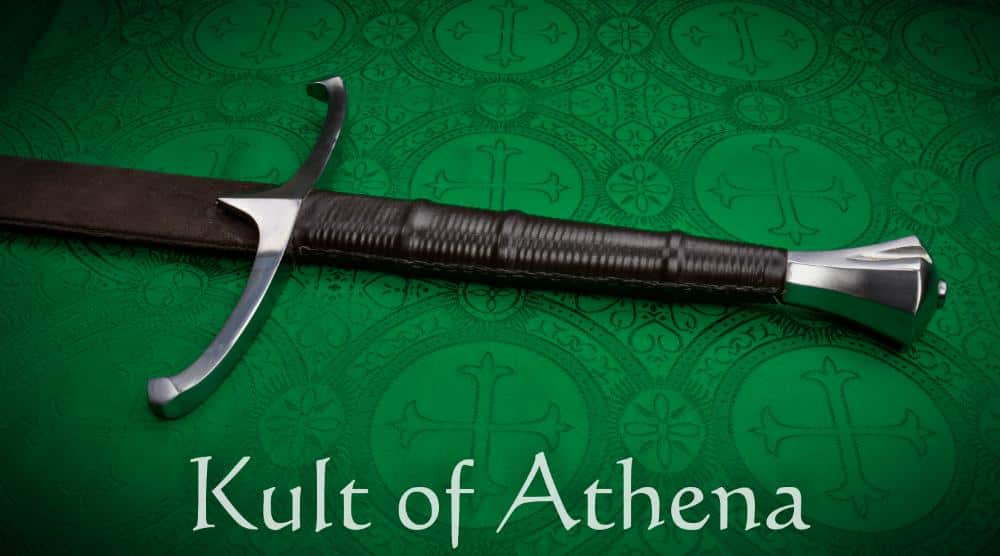
-
Kingston Arms – Scottish Claymore with Leather-Wrapped Ricasso
Quick View$289.99In stock
-
Kingston Arms – Scottish Claymore
Quick View$289.99In stock
-
Hanwei Scottish Claymore
Quick View$269.99 – $299.99In stock
A Tapestry of Steel and Culture
Each sword in history tells its own unique story. From the short thrusting gladius of Rome to the sweeping slashes of the falchion, these swords were more than just tools of war—they were cultural artifacts. The design and use of each blade reflected the environment, combat tactics, and cultural values of the time. Whether a symbol of power, a weapon of war, or an emblem of craftsmanship, these swords helped shape the world we live in today.
Want to Learn More?
If you’re fascinated by these legendary blades, consider exploring museums, reading historical books, or attending historical reenactments to dive deeper into the history of these fascinating weapons. Understanding the cultural significance of each sword is a great way to gain insight into the past and appreciate the artistry and craftsmanship that went into their creation.
Final Note:
Swords are more than just instruments of conflict; they are relics of human ingenuity, conflict, and artistry. The next time you encounter a sword, whether in a museum or a story, remember that it’s not just a weapon—it’s a symbol of an era, a culture, and the people who forged it.


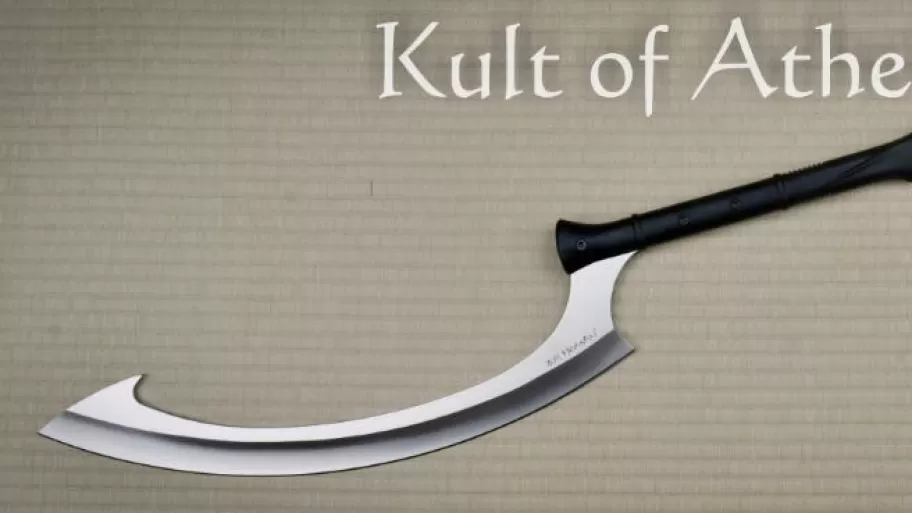
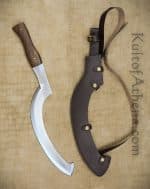
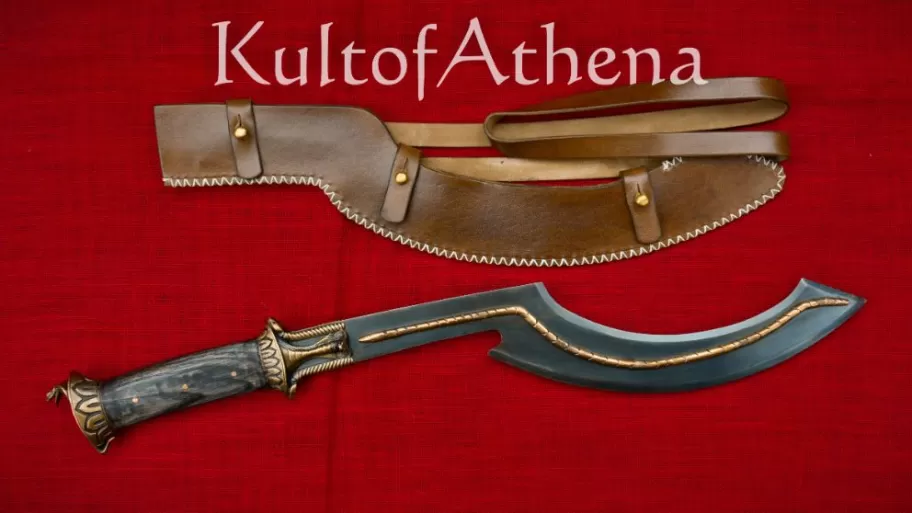
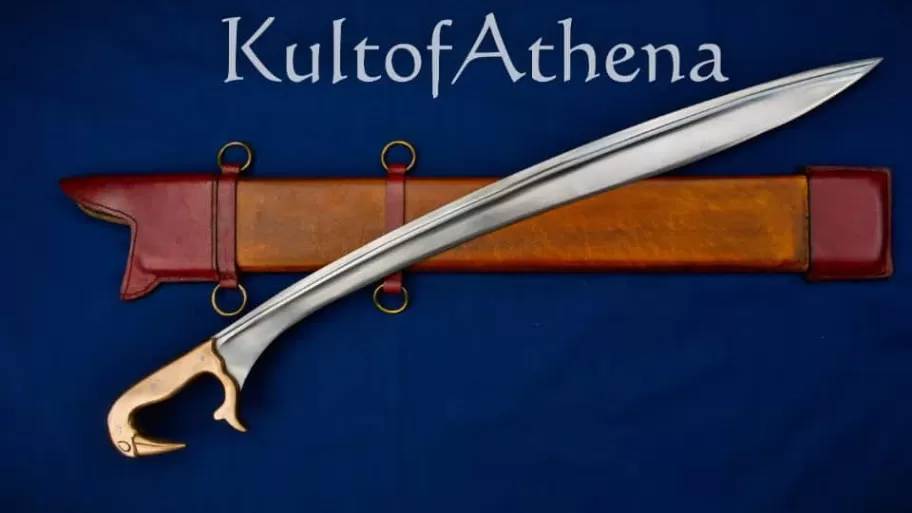
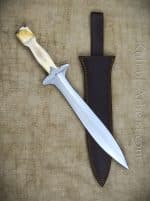
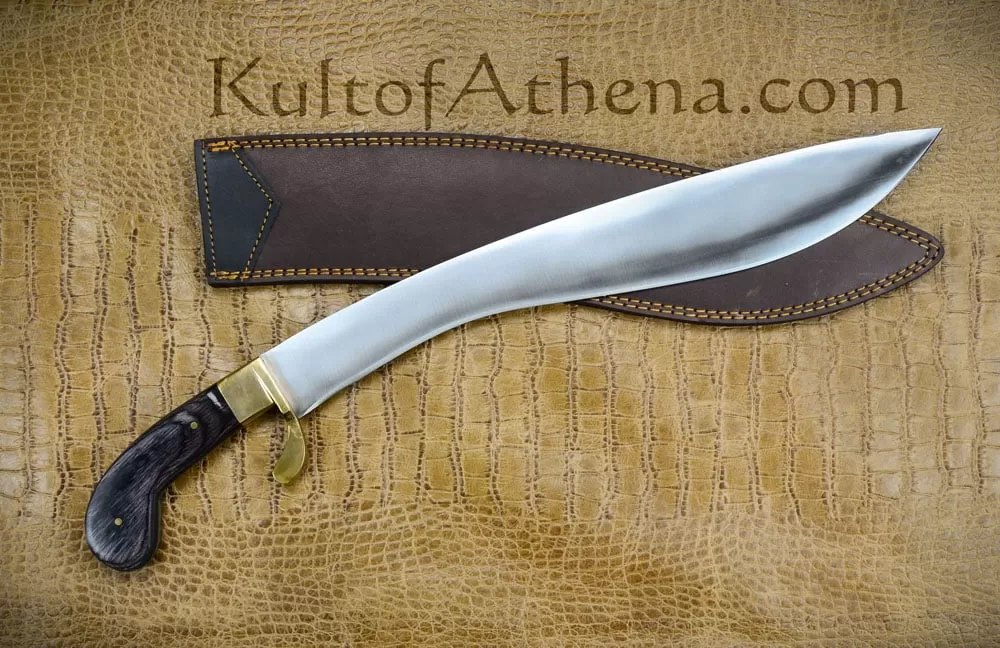
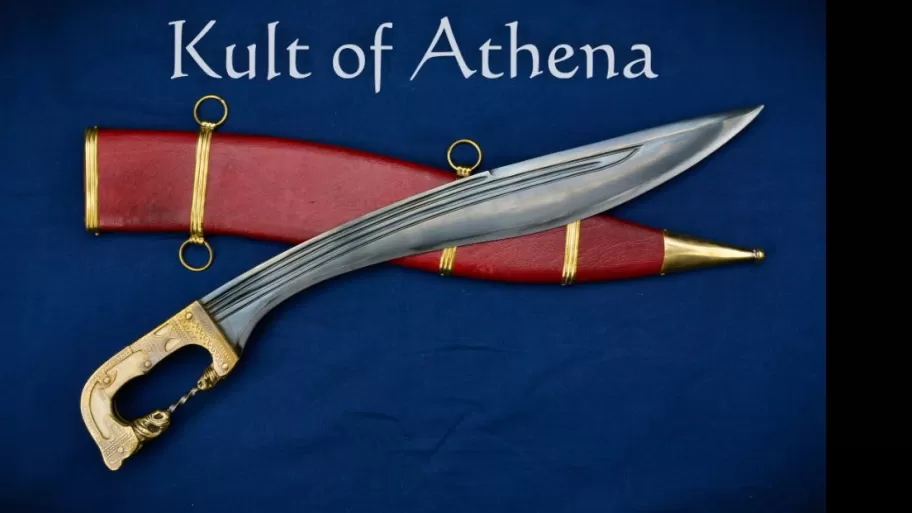
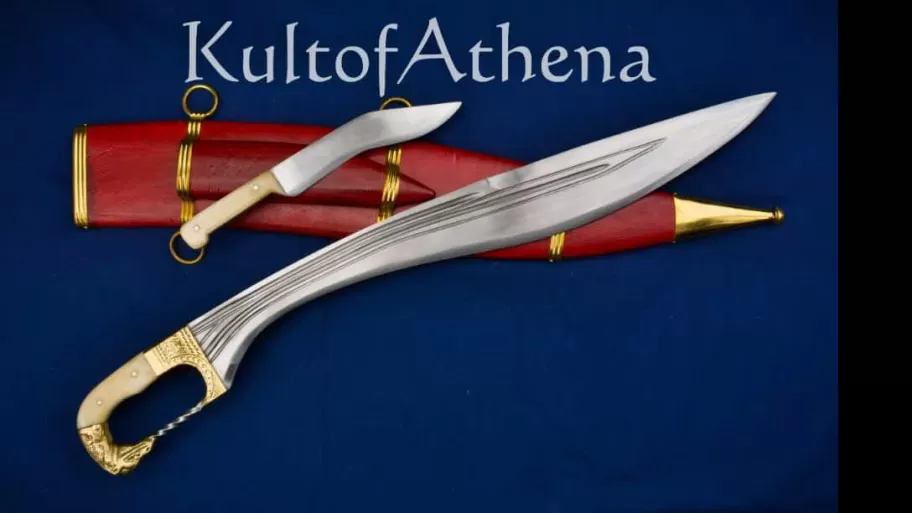
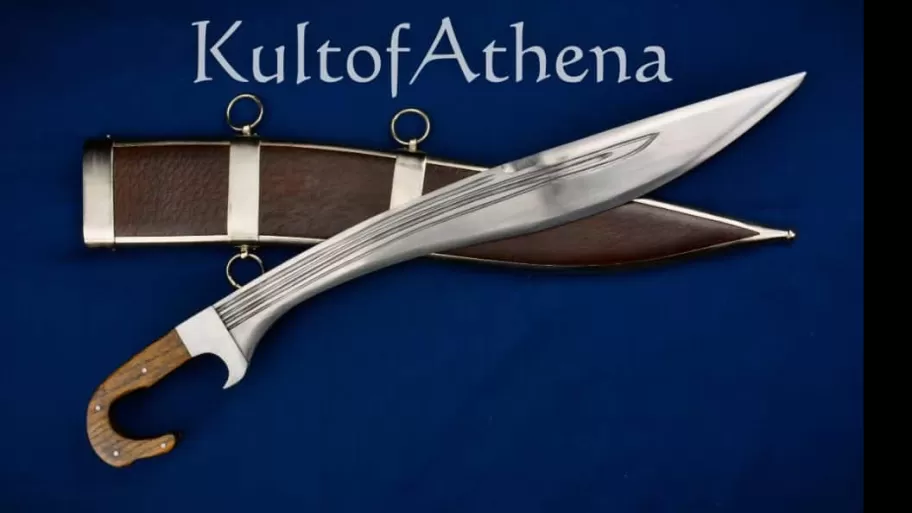
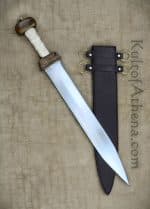
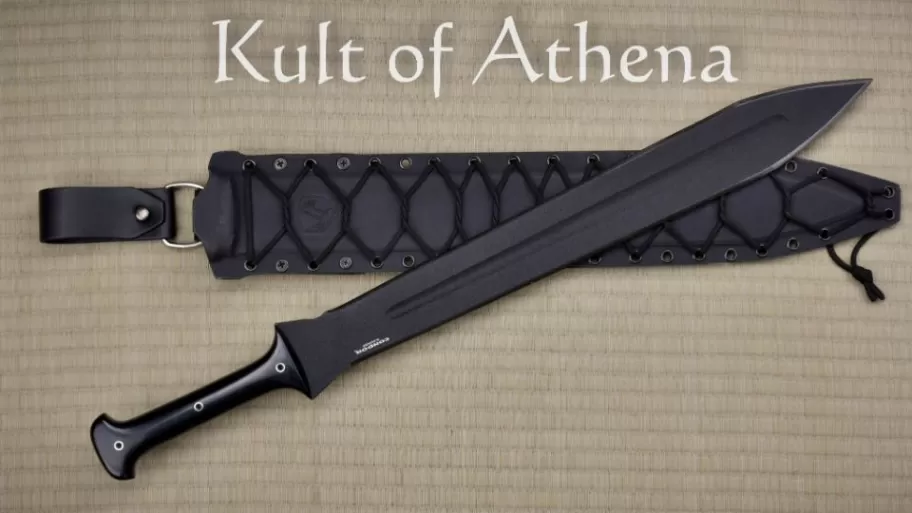
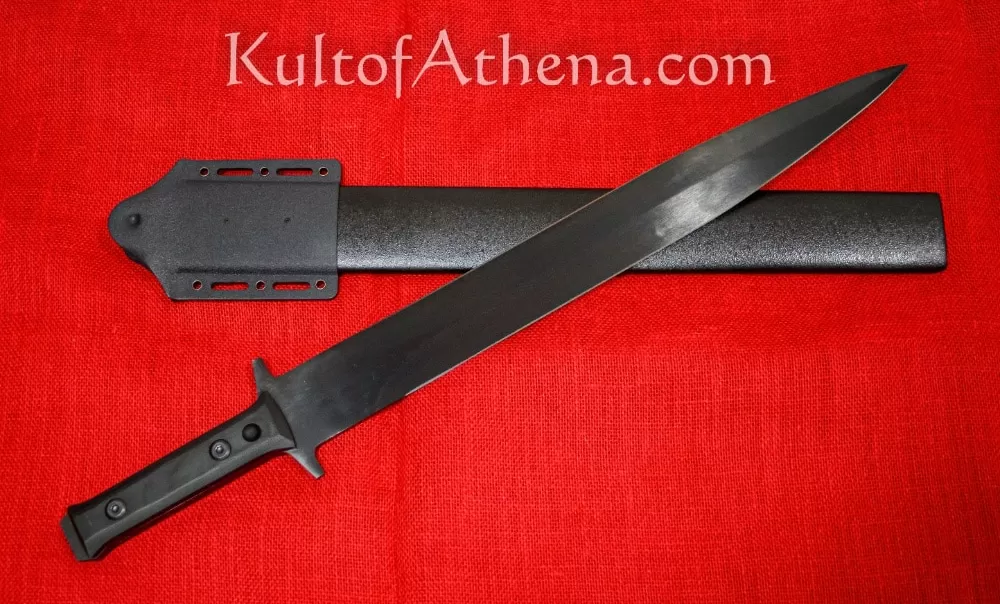
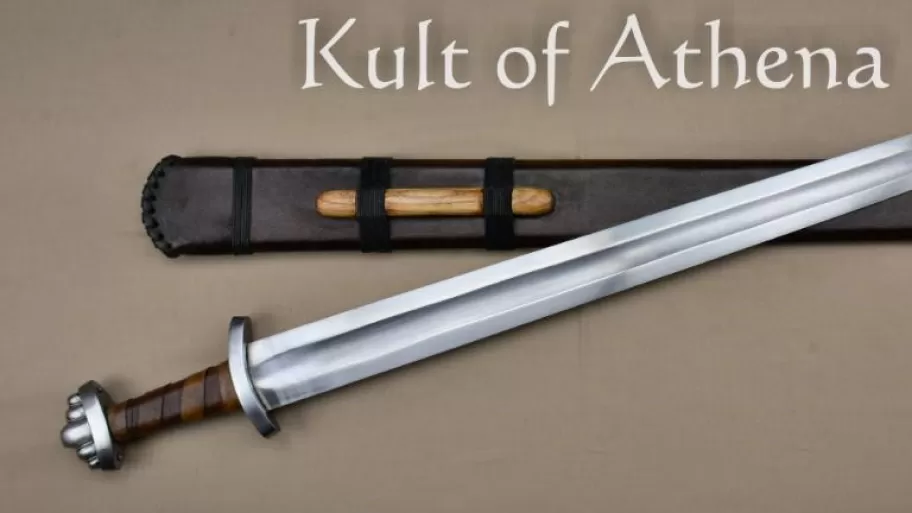
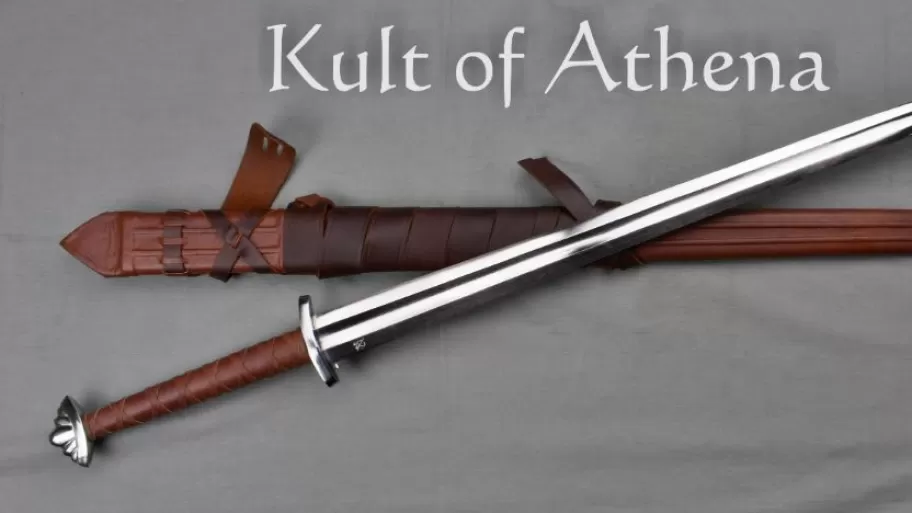
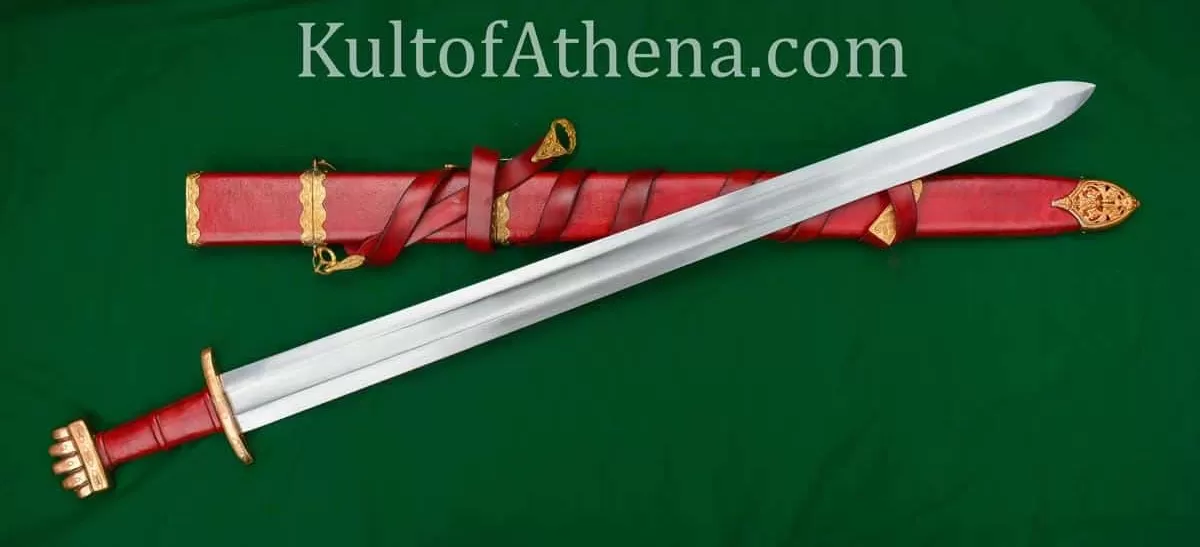
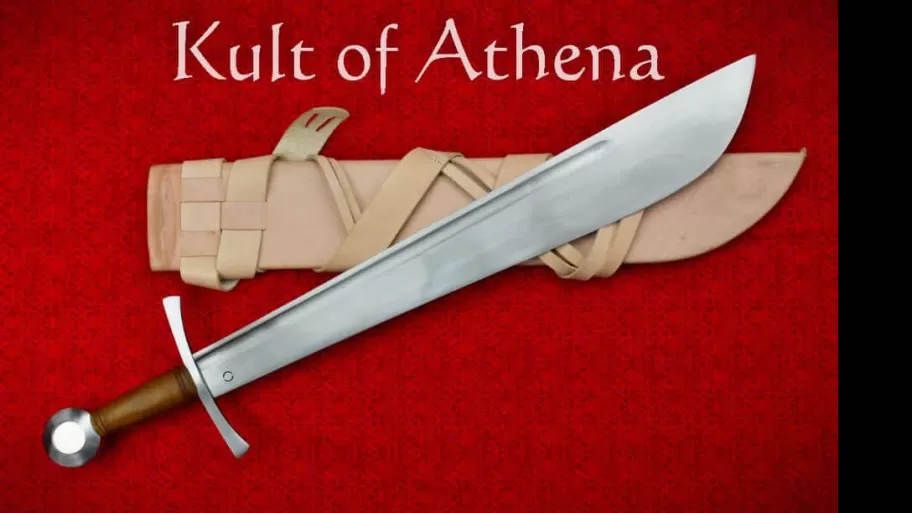
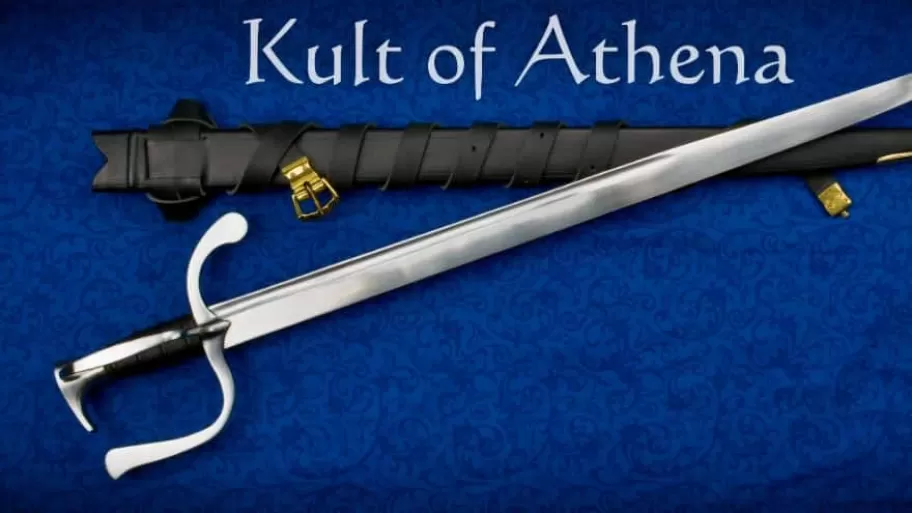
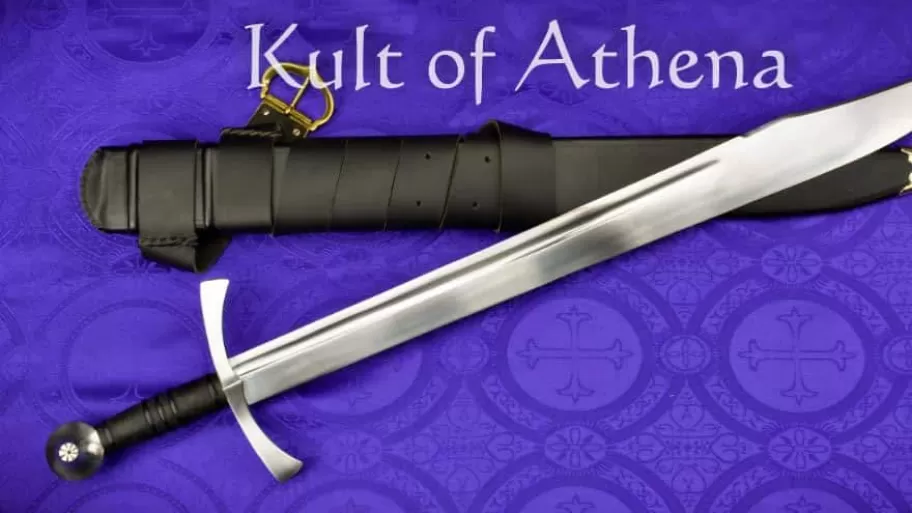
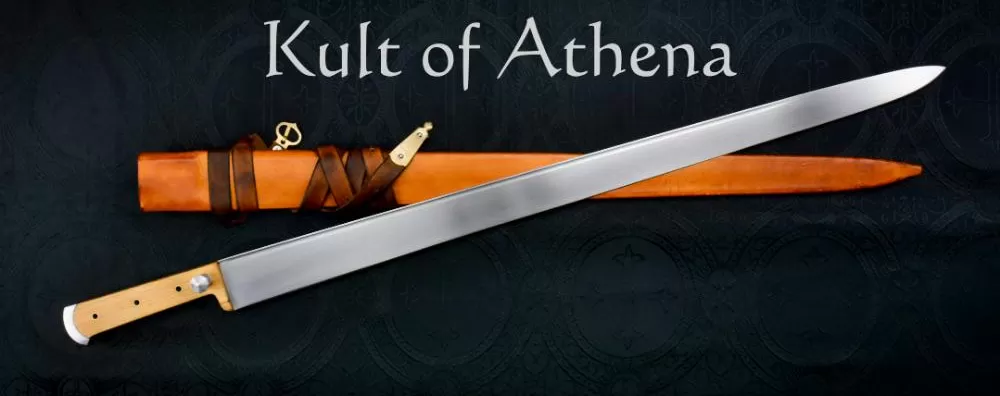

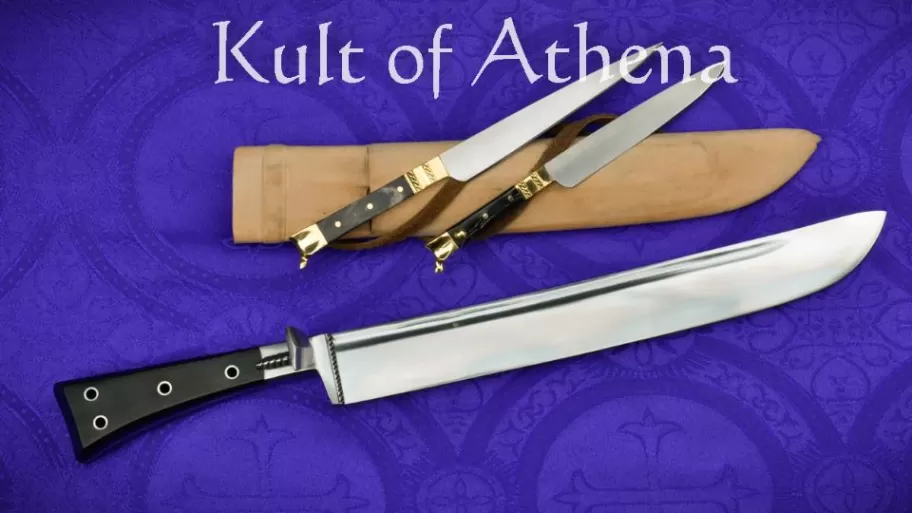



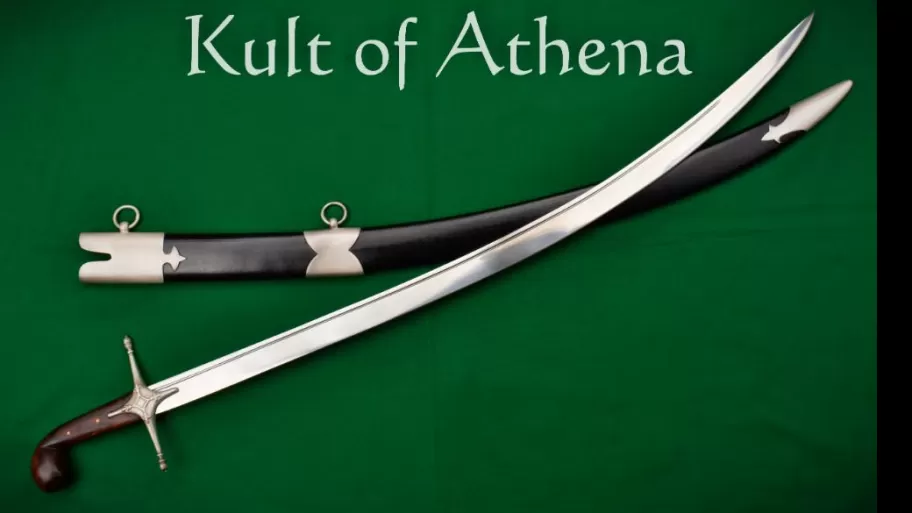
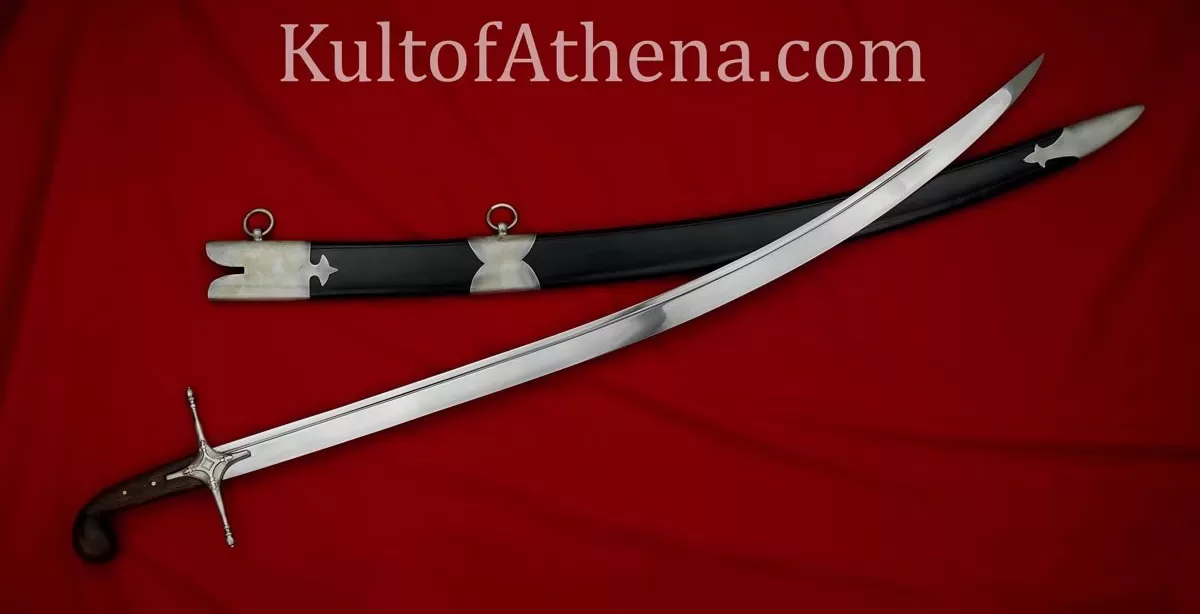
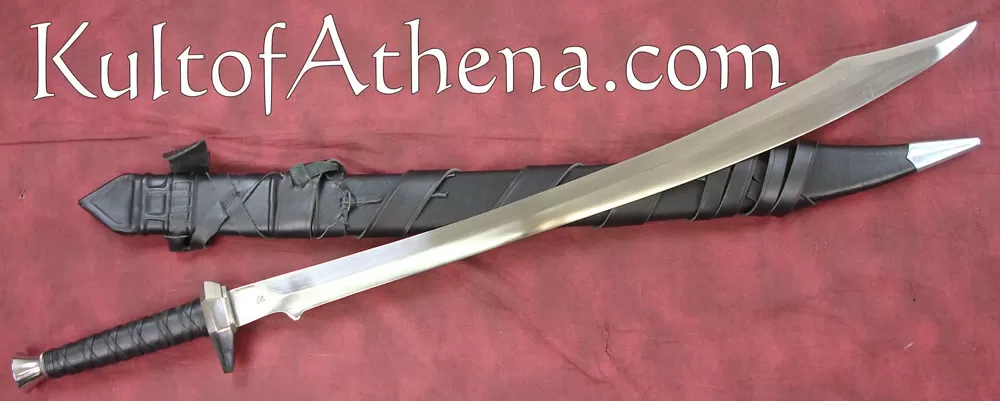
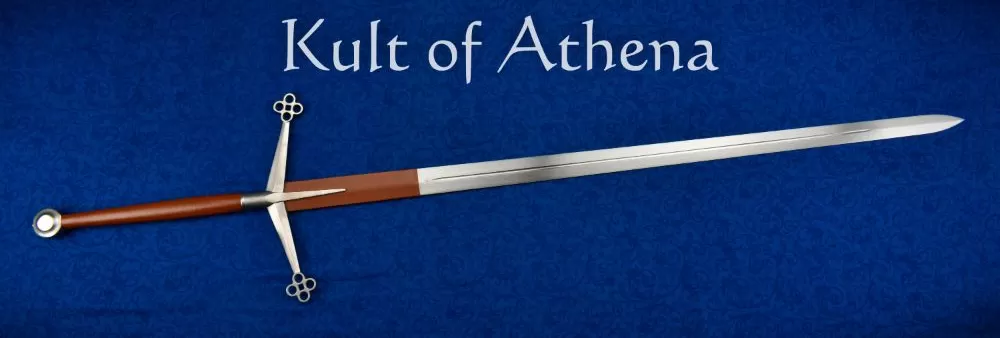


Leave a Reply